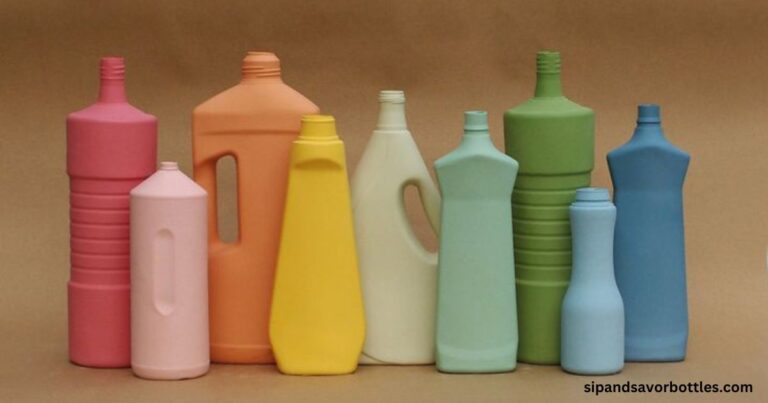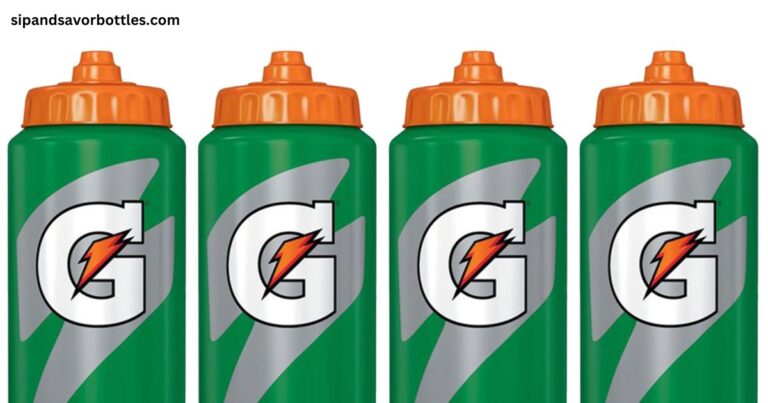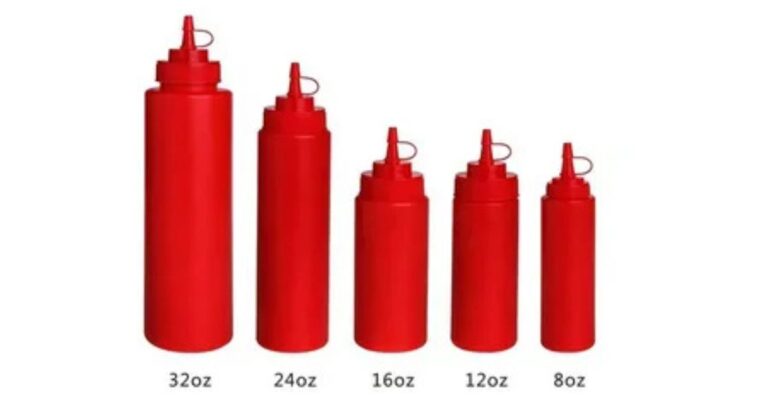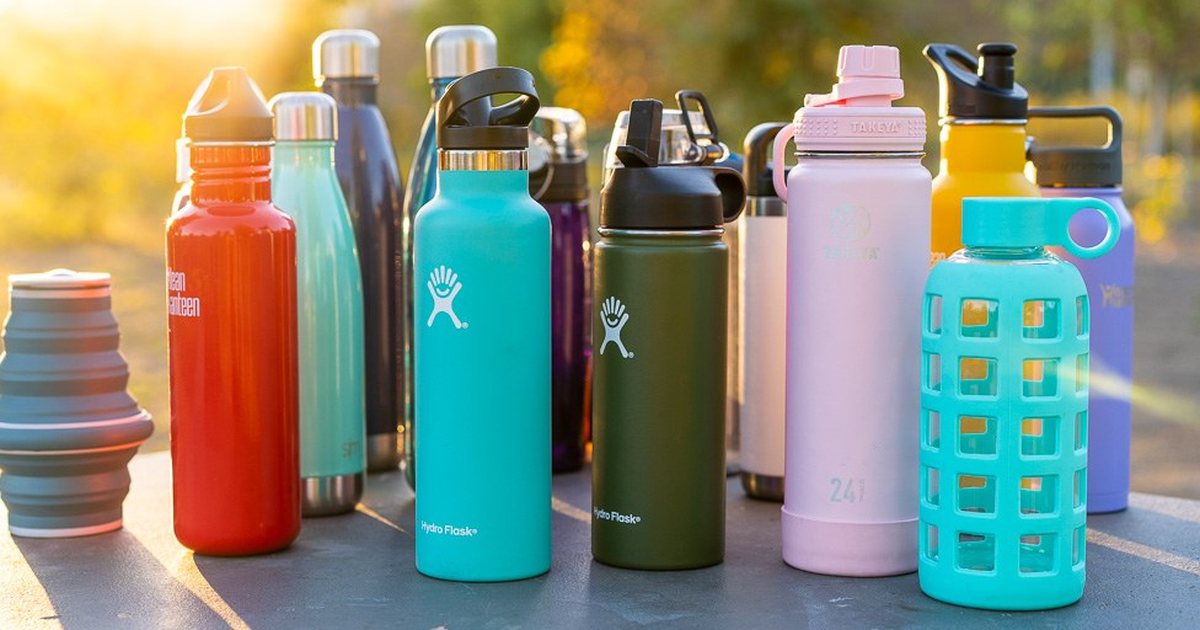
Table of Contents
ToggleSilicone squeeze bottles are favored for their durability, flexibility, and eco-friendliness, but how long can they realistically last? In this article, we’ll explore the factors that impact the lifespan of silicone bottles and provide practical tips to ensure you get the most out of them.
Factors Influencing the Lifespan of Silicone Squeeze Bottles
Quality of Silicone
The lifespan of a silicone squeeze bottle is directly tied to the quality of the material. Food-grade silicone and medical-grade silicone are designed to be more robust, resistant to wear, and capable of withstanding repeated use. These high-grade materials can significantly extend the life of the bottle compared to lower-quality options.
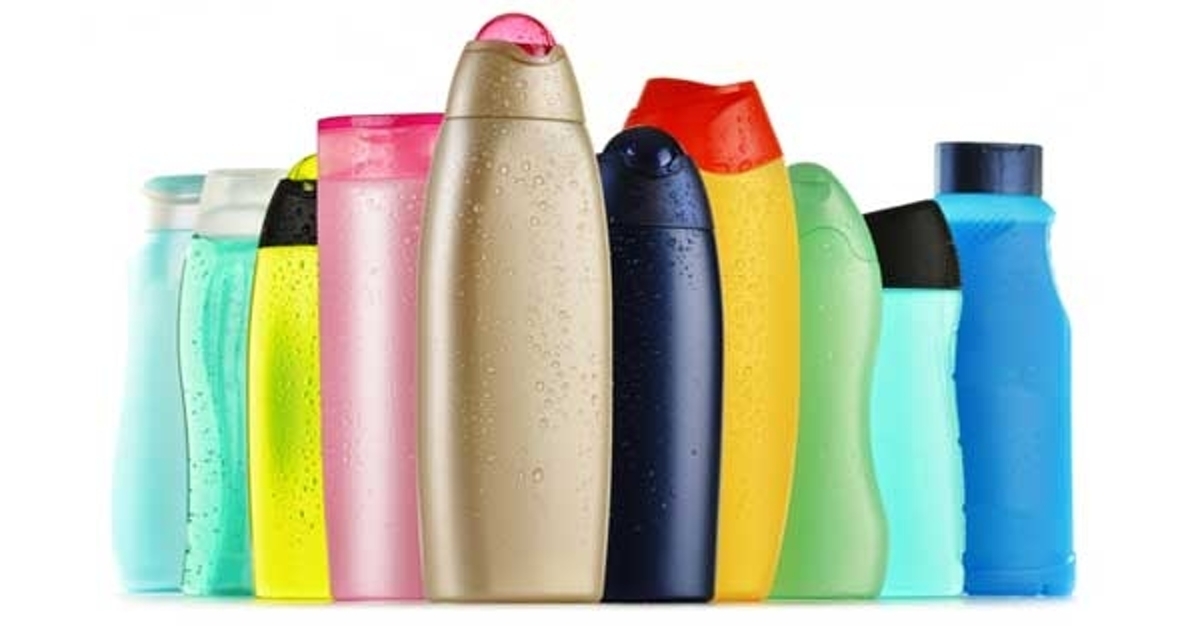
Frequency of Use
Bottles used daily are subject to more wear and tear than those used occasionally. Regular squeezing, folding, and stretching can cause the silicone to break down over time, but this process is gradual and influenced by the material’s resilience.
Type of Contents
While silicone is non-reactive to most substances, storing acidic or oily liquids regularly may cause slight degradation over time.
Additionally, frequent exposure to hot liquids can wear the silicone faster, although it remains more resistant to temperature fluctuations than plastics.
Environmental Exposure
Silicone is durable, but prolonged exposure to extreme heat or cold and direct sunlight can reduce its flexibility and lifespan. Over time, UV exposure can cause the silicone to stiffen or discolor, indicating it’s nearing the end of its useful life.
Average Lifespan of Silicone Squeeze Bottles
On average, silicone squeeze bottles last 1 to 3 years with regular use. However, with careful maintenance and proper use, they can last even longer.
High-quality silicone bottles, particularly those from reputable brands, may last up to 5 years or more, depending on the conditions they are subjected to.
Signs of Wear and Tear
Cracking or Splitting
Visible cracks or splits are the most obvious signs that a silicone squeeze bottle is nearing the end of its life. These can lead to leaks and make the bottle unusable.
Loss of Flexibility
As silicone ages, it can become stiffer and lose its squeezability. If your bottle becomes rigid or difficult to use, it’s a clear sign that the material is degrading.
Stains or Odors
Silicone is generally resistant to stains and odors, but over time, particularly with strong-smelling or staining substances, the material can start to retain unwanted odors or discoloration.
Leakage
Leaks around the cap or valve often signal that the seal is compromised. This can occur due to wear on the cap or the silicone itself, indicating the bottle is nearing its expiration point.
Extending the Lifespan of Your Silicone Squeeze Bottle
Regular Cleaning
To maintain your bottle’s integrity, wash it with warm water and mild soap after each use. Avoid using harsh chemicals or abrasive cleaners that can weaken the silicone over time.
Avoiding Extreme Temperatures
Don’t expose your bottle to excessive heat (such as leaving it in a hot car) or freezing conditions. These extreme environments can cause the silicone to degrade prematurely.
Using It Appropriately
Only use silicone bottles for their intended purposes. Avoid storing highly acidic or oily substances for extended periods, as this can accelerate the material’s degradation.
Sustainability and Reusability
Silicone squeeze bottles offer significant environmental advantages over single-use plastic bottles. Their ability to be reused for several years reduces plastic waste, and their durability makes them a smart investment for those looking to minimize their ecological footprint.
While silicone eventually breaks down, its longevity ensures less frequent replacements, making it a sustainable choice over time.
Conclusion
Silicone squeeze bottles can typically last 1 to 3 years with regular use, and sometimes longer with proper care. The material’s high resistance to wear, combined with the right maintenance practices, ensures that these bottles are not only a practical but also an eco-friendly alternative to disposable plastics.
Keep your bottle clean, avoid extreme conditions, and use it appropriately to maximize its lifespan and get the most value out of your purchase. For more squeez bottles information check the sipandsavorbottles.

